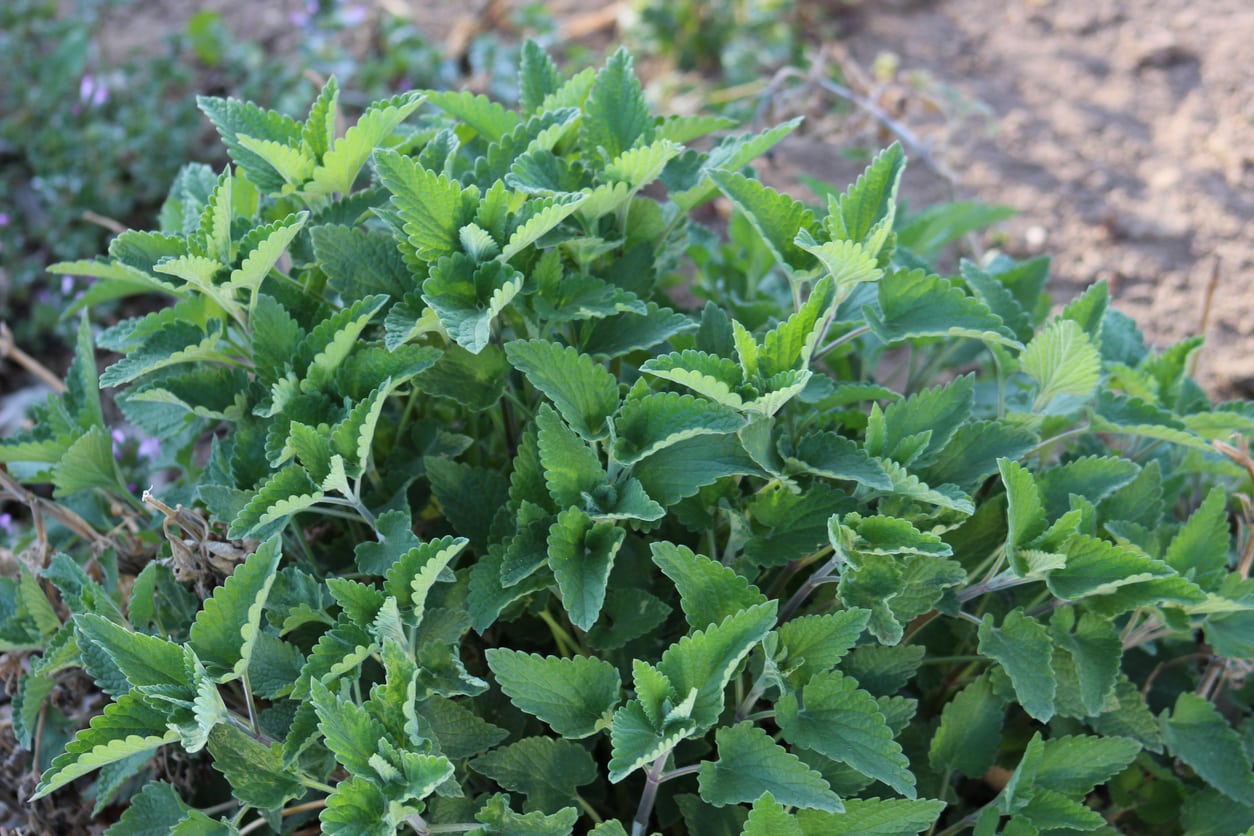Catnip Plant Varieties: Growing Different Species Of Nepeta


Catnip is a member of the mint family. There are several types of catnip, each easy to grow, vigorous, and attractive. Yes, if you wondered, these plants will attract your local felines. When the leaves are bruised, they release nepetalactone, the compound that makes cats euphoric. Exposure to the plant will not only bring the cat pleasure but gives you numerous photo opportunities and a general joyful feeling as you watch “Fluffy” cavort about in glee.
Varieties of Catnip
The most common of the catnip plant varieties is Nepeta cataria, also known as true catnip. There are many other species of Nepeta, many of which have several colors of flowers and even specialized scents. These different catnip plants are native to Europe and Asia but have naturalized easily in parts of North America. Catnip and its cousin catmint have hybridized to create several offshoots of the original variety. There are five popular types that include:
- True catnip (Nepeta cataria)– Produces white to purple flowers and grows 3 feet (1 m.) high
- Greek catnip (Nepeta parnassica)– Pale pink blooms and 1½ feet (.5 m.)
- Camphor catnip (Nepeta camphorata)– White flowers with purple dots, about 1½ feet (.5 m.)
- Lemon catnip (Nepeta citriodora)– White and purple blooms, reaching about 3 feet (1 m.) tall
- Persian catmint (Nepeta mussinii)– Lavender flowers and a height of 15 inches (38 cm.)
Most of these types of catnip have grayish green, heart-shaped leaves with fine hairs. All have the classic square stem of the mint family. Several other species of Nepeta are available for adventurous gardeners or kitty lovers. Giant catnip is over 3 feet (1 m.) tall. The flowers are violet blue and there are several cultivars such as 'Blue Beauty.' 'Caucasian Nepeta' has big showy flowers and Faassen's catmint produces a dense mound of large, bluish green leaves. There are different catnip plants from Japan, China, Pakistan, the Himalayas, Crete, Portugal, Spain, and more. It seems like the herb grows in some form or another in almost every country. Most of these prefer the same dry, hot sites as common catnip, but a few such as Kashmir Nepeta, Six Hills Giant, and Japanese catmint prefer moist, well-draining soil and can bloom in part shade.
Sign up for the Gardening Know How newsletter today and receive a free copy of our e-book "How to Grow Delicious Tomatoes".

Bonnie Grant is a professional landscaper with a Certification in Urban Gardening. She has been gardening and writing for 15 years. A former professional chef, she has a passion for edible landscaping.